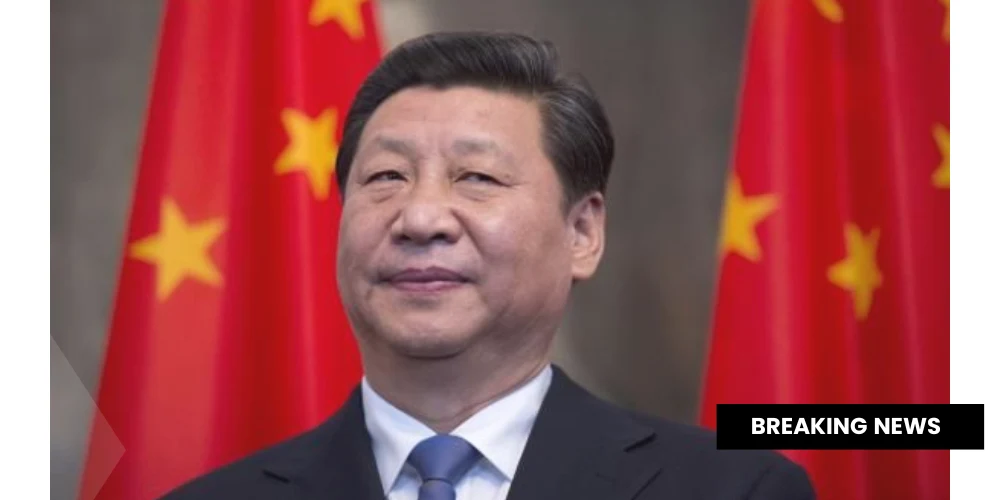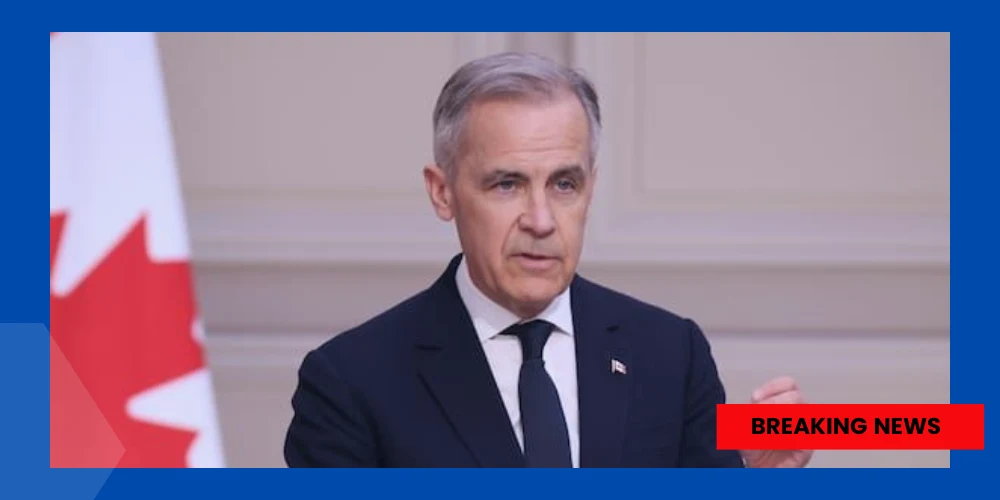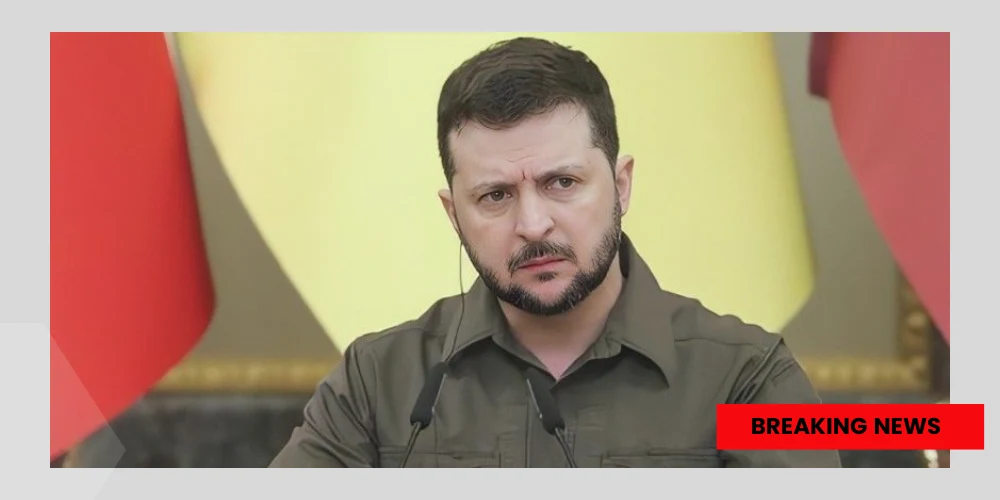Late July 2025 witnessed a critical juncture in U.S.–China economic relations. As the trade truce that froze mutual tariffs neared its August 12 expiration, China dispatched its top trade official, Vice Premier He Lifeng, to Stockholm for negotiations with U.S. Treasury Secretary Scott Bessent. Over two days of “in-depth, candid and constructive” discussions, both sides agreed to work toward extending the tariff pause by 90 more daysstaving off spiraling tariffs that once peaked in the triple digits (AP News).
Although no formal deal was signedWashington stressed no agreement would be final until President Trump himself signed offthe talks reflected a mutual desire to prevent full-scale economic confrontation while signalling a willingness to extend dialogue (Reuters).
The Stakes: Avoiding Economic Shock Amid Sovereignty Concerns
In April, U.S.–China tariffs ballooned beyond 100% as a result of escalating trade hostilities. The Geneva truce in May dramatically reduced themU.S. duties slid to ~30%, China’s to ~10%in exchange for talks on rare earth minerals, semiconductors, and market access.
Xi Jinping’s team saw Stockholm as a last chance to avert the return of punitive tariffsespecially as China’s economy teeters between robust export demand and domestic rebalancing pressures. Vice Premier He Lifing emphasized principles of “mutual respect, peaceful coexistence and win-win cooperation”, reiterating Beijing’s long-standing view that confrontation harms both nations
Chinese negotiators focused on securing access to global markets while rejecting unilateral pressurehighlighting China’s dominance in rare earth processing and its unwillingness to accept one-sided concessions
Stockholm Diplomacy: Constructive, But Dependent on Trump
China’s Vice Premier He Lifeng and the U.S. Treasury Secretary met in Stockholm from July 27–30the third such meeting this year, following similar talks in Geneva and London. Swedish PM Ulf Kristersson confirmed the talks, explaining the choice of Stockholm as a neutral venue for high‑stakes diplo.
Following two days of meetings, China’s Li Chenggang declared that both sides had agreed to work on extending the tariff pause. But U.S. negotiators, including Bessent, cautioned that the deal was not yet finalized and awaited presidential approval (
Press statements from the U.S. side described the talks as “very fulsome” and “wide-ranging,” covering not only tariffs but also export controls, supply chain security, and agricultural and energy commitments
China’s Game Plan: Steering the Narrative
From Xi’s perspective, China entered Stockholm with growing strategic leverage. Analysts noted that China’s confidence had increasedreflected in a refusal to follow the U.S.’s rhythm and greater insistence on balanced terms and reciprocity .
China sought to frame the dialogue not as rollback but as a calibration: safeguarding access to rare earths, AI chips, and semiconductor components while denying U.S. pressure to decouple economically. As Li Chenggang put it, China’s core goal was to ensure a “stable, healthy and sustainable” bilateral economic relationship that supports both countries’ development and global stability .
China’s leverage also hinged on global dependencies: its dominance in rare earth minerals gave it pricing powerand strategic bargaining spacein markets the U.S. and its allies rely on for clean energy and military tech .
Leadership in Beijing: Xi’s Dual Imperatives
At the center of Beijing’s strategy is President Xi Jinping, who balances two imperatives: (1) preventing an economic meltdown triggered by tariff escalation, and (2) preserving China’s economic sovereignty and strategic autonomy.
Despite domestic pressure to deliver market access to multinationals, Xi remains cautious about concessions that might erode Chinese controleither industrially (rare earths), technologically (AI chip exports), or economically (state-supported firms).
By dispatching He Lifeng and relying on trade ministry channels rather than political theatrics, Xi underscores a leadership style that favors technocratic steadiness over populist dramaasserting that diplomacy isn’t weakness, but a means to retain economic leverage while avoiding self-inflicted wounds.
What’s Next: Trump’s Decision & Global Repercussions
The key variable now is President Trump. Both Chinese officials and U.S. negotiators agreed that no extension is official until he agrees. If Trump greenlights another 90-day pause, markets and trade-reliant companies will breathe a sigh of reliefbut if he balks, both countries could revert to tariffs exceeding 100% within days.
Meanwhile, observers expect more than just extended talkssome analysts propose a Trump–Xi summit later this year, designed to seal broader trade, tech, and climate understandings between the two powers Whether such a meeting happensand what emergescould define U.S.–China relations for the next decade.
On the business front, U.S. negotiators stress that talks remain half‑way to resolving rare earth access, which is critical for EVs, defense, and high-tech manufacturing. Any long-term agreement here would reshape global supply chains.
Looking Ahead: Consequences & Strategic Takeaways
Several broader takeaways emerge from Stockholm:
- Escalation avertedfor now. By opting for diplomacy over brinkmanship, both sides dodged an immediate trade disaster that would ricochet through global markets.
- Beijing’s leverage is structural. Controlling critical inputs like rare earths means China can negotiate from a position of strengtheven when under pressure.
- Trump still holds the cards. While negotiators at Stockholm expressed optimism, all hinges on whether the U.S. president allows the pause extension.
- Xi’s approach remains cautious but firm. China won’t accept a superficial pause; it seeks concessions and recognitionnot capitulation.
Conclusion: Stockholm as Strategic Signpost
The Stockholm talks offer a snapshot of contemporary global leadership under Xi Jinping. They illustrate a China that is neither retreating nor recklessly aggressivebut strategically cautious: willing to pause escalation, insisting on reciprocity, and positioning for long-term economic resilience.
As President Xi watches the unfolding outcomeconditional on Trump’s approvalChina stands ready to move forward or step back. In either case, one thing is clear: Beijing understands that protecting its sovereignty now requires skillful diplomacynot isolation, but engagement under its own terms.
Data From —




